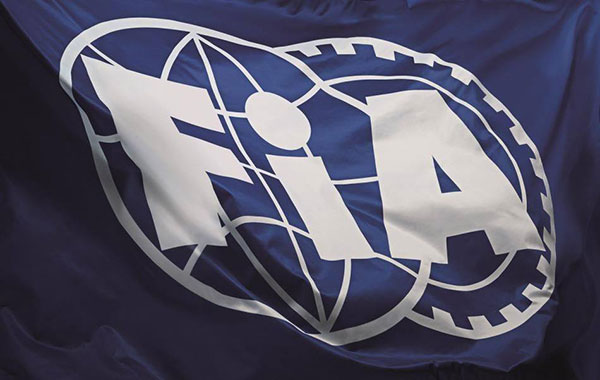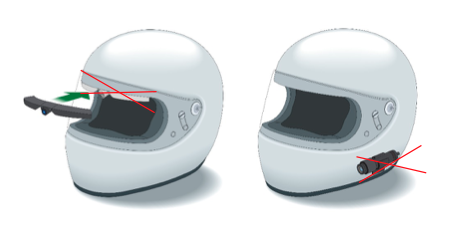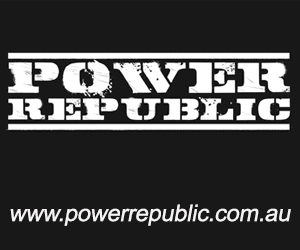The FIA has expressed concerns regarding karting competitors attaching cameras, removing HANS attachments and using non-approved replacement visors on homologated crash helmets.
FIA Karting’s full statement is below. It should be noted that the helmet rules in Australia differ under the various governing bodies – please consult the rule book(s) under which you race.

With the purpose of improving Safety in karting competitions, at all the levels, we would like to share with you this informative note based on recent findings in various FIA events. Please follow this guidance and take all the necessary measures to ensure that it is respected within your sphere of competence.
1 – HELMET CAMERA
Article 7 “Equipment Safety” of the Karting Technical Regulations states that any addition of devices, whether aerodynamic or other, to helmets is forbidden if they have not been homologated with the helmet concerned. This article also makes reference to Appendix L of the International Sporting Code.
Appendix L sets out the regulations in place for the use of helmet accessories. You can find Appendix L on the FIA website at: https://www.fia.com/regulation/category/123.
As the FIA has been contacted several times regarding the add-on cameras that can be mounted on helmets, we would like to clarify the correct interpretation of the regulations.
According to Article 1.4 of Chapter III “Drivers’ Equipment, Helmet Modifications” of Appendix L to the International Sporting Code, “[…] Accessories must be fitted in accordance with the helmet manufacturer instructions. Only accessories approved by the FIA shall be used. Any other modification or addition of non-approved accessories (helmet cameras, visors, etc.) will render the FIA helmet homologation void.”
All non-FIA approved accessories are therefore not allowed to be used during any of the championships listed in the FIA International Sporting Calendar. The term “accessories” also relates to cameras mounted on helmets.
As with any other accessory, if the camera is not listed as an FIA-approved accessory for a specific helmet, the helmet cannot be considered as complying with the FIA standards, and its use is prohibited in all cases in which compliance with the FIA helmet standard is mandatory.
It is important to note that the Safety Department identified safety concerns in all the non-approved camera examples that it examined. These cameras are likely to significantly reduce the safety performance of the helmet and represent a threat to the wearer.
The list of FIA-approved accessories for FIA Standards 8859-2015 and 8860-2018 is included in the presentation form of each helmet model that can be found by clicking on the link, which appears on the first page of Technical Lists N° 49 and N° 69.
We would like to draw your attention to the fact that the types of cameras shown below are not approved by the FIA and therefore any helmet fitted with these cameras cannot be considered as complying with the FIA standard.

2 – HELMET-M6-ANCHORAGE
The use of Helmet-M6-anchorages are not necessary during events, or in categories, where the driver is not wearing a Frontal Head Restraint (FHR) device.
- For helmets with 8858-2010 Helmet-M6-anchorages, we strongly recommend removing the anchorage by unscrewing the nuts. In fact, the protrusion can induce tangential forces to the neck of the driver during an accident event in case of contact of the anchorage with the ground. Competitors needing to put back the 8858-2010 Helmet-M6-anchorages are authorized to do it if they follow the helmet and 8858-2010 Helmet-M6-anchorages instructions.
- For helmets with 8858-2002 Helmet-M6-anchorages, it is forbidden to remove the Helmet-M6-anchorages.


3 – FAKE HELMET VISOR
A considerable number of fake visors have been noticed on FIA-approved helmets in FIA karting events. To exchange the visor of a helmet is forbidden and dangerous since the fake one could not guarantee the same safety level of the original one.
The safety issues more frequently detected on non-original visors are:
- Failing the penetration test, that means that the visor may not guarantee the same level of protection during the impact with a moving object.
- Visor coating not compliant with the ISO 12312-1:2013, that means that it could be difficult for the driver to detect signal lights and their colour.
- Failing the flammability test, in this case during the exposure to the flames the visor could melt in drops increasing the risk of injuries for the driver.
We remain at your disposal for any further information you may request.


